Presidents: Richard Milhous Nixon
Richard Nixon Presidential Library and Museum, Yorba Linda, California
Visited in 2014.
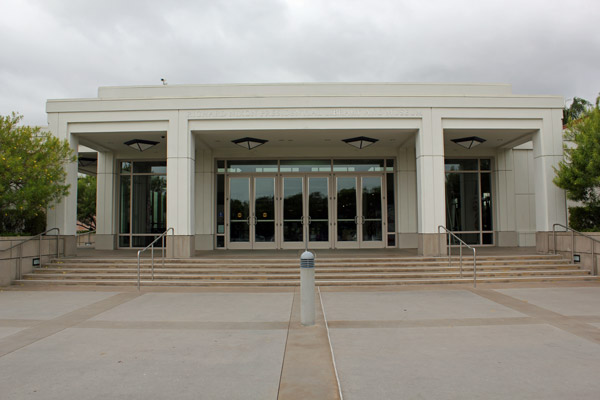
Lovin' the libary. The modest entrance to Nixon's place in history.
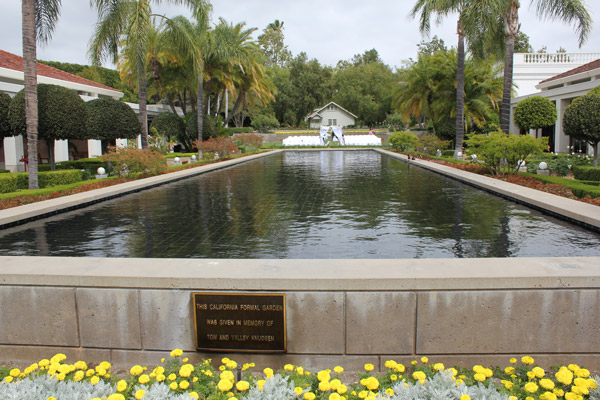
When life gives you a lemon orchard ... The birthplace is in the distance.
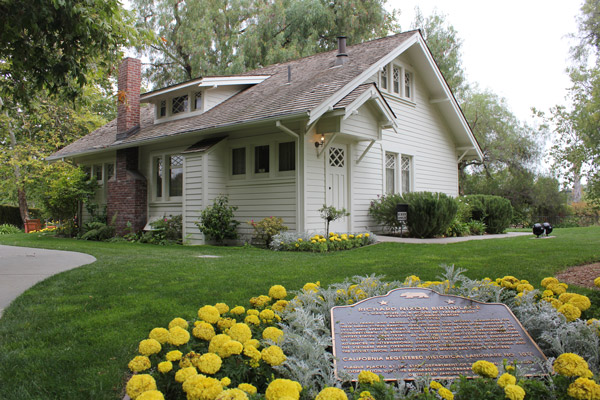
Nixon's birthplace and boyhood home. Built by Quakers!
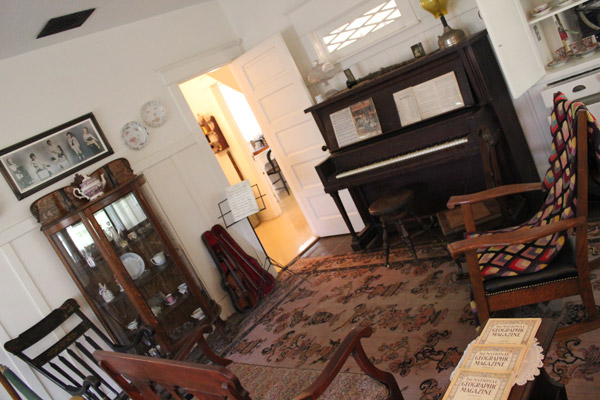
The living room in the Nixon family's very tiny (but nice) home.
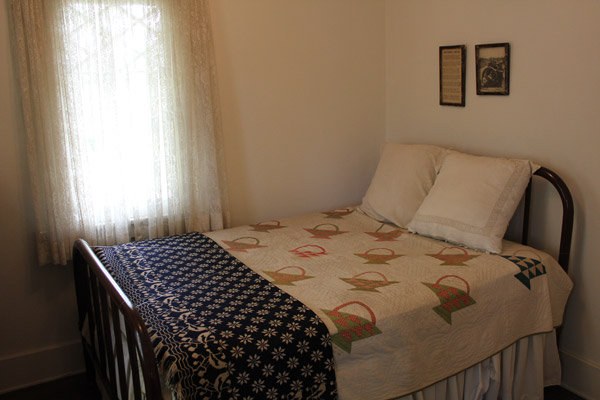
The parents' bedroom, where Nixon (if memory serves) was born.
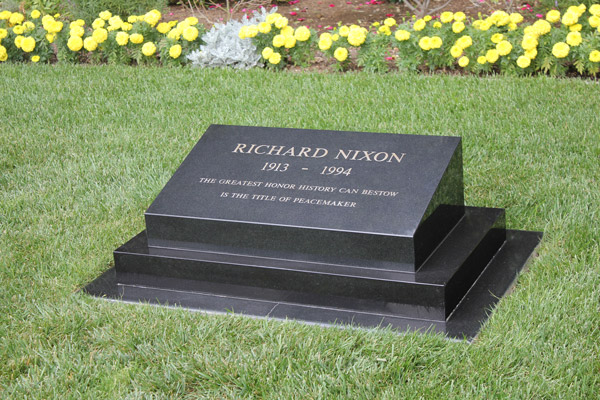
Full circle: Nixon is essentially buried in the garden next to his birthplace.
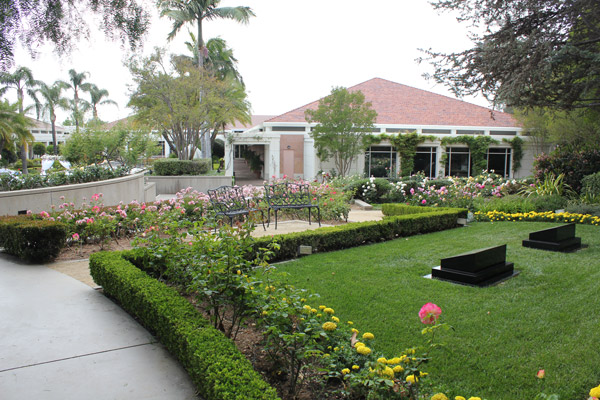
Pat and Dick, forever facing toward the Nixon Museum.
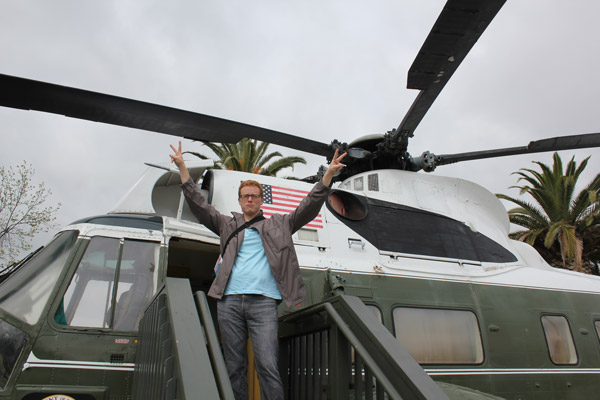
Hey, time makes victors of us all. Recreating the Marine One goodbye.
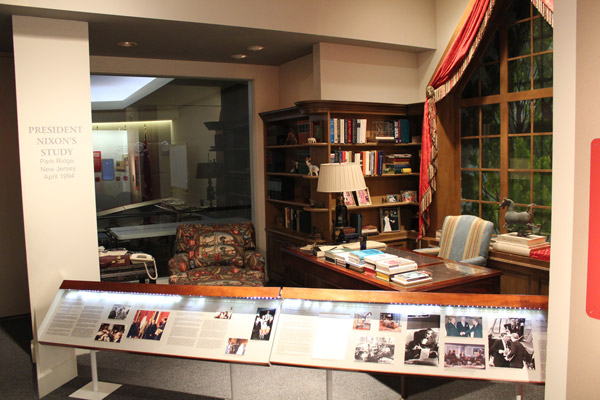
In the museum, a replica of Nixon's study from his New Jersey home.
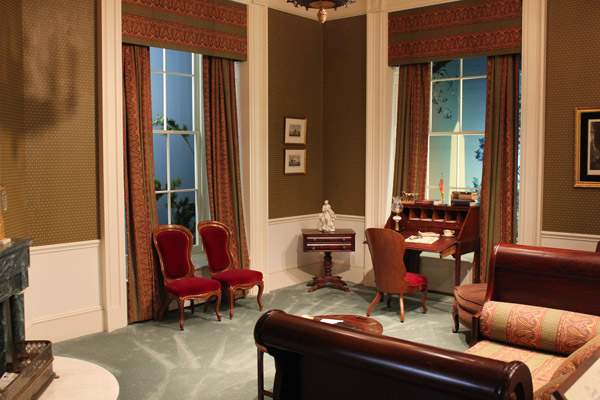
A replica of the Lincoln study in the White House. (No Oval Office, at least in 2014.)
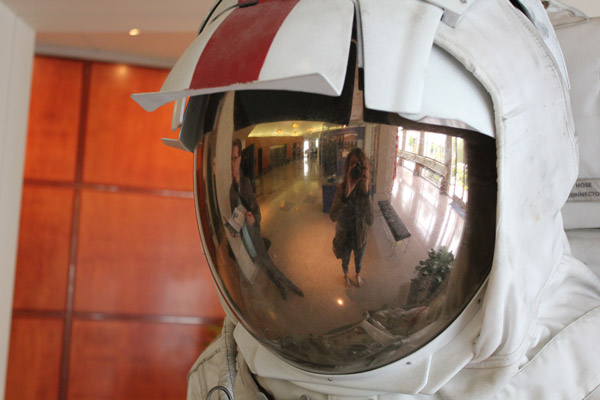
Say what you want about the guy, he did send people to the moon.
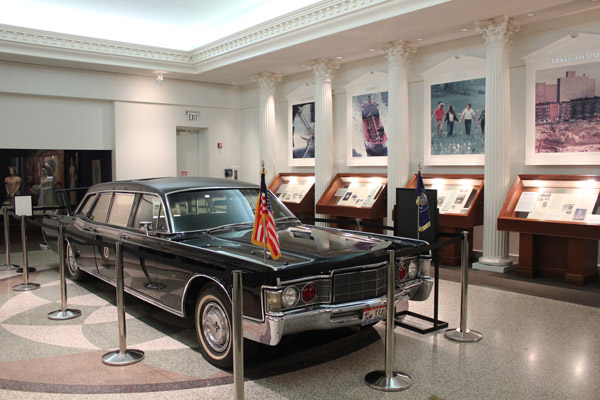
This was either an armored presidential limo or Nixon's pimpmobile. I forget which.
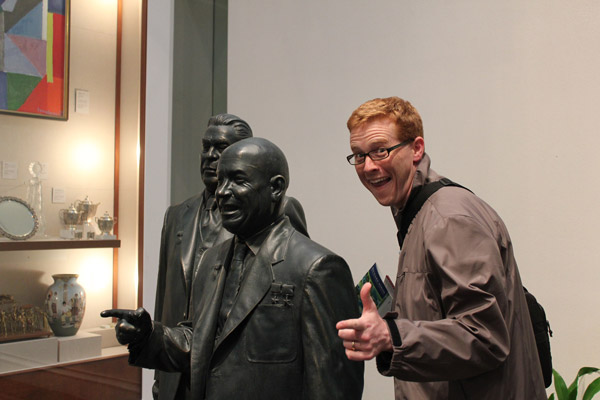
Mingling with world leaders in the foreign affairs exhibit.
[Please note: The museum has had a significant renovation since I visited, so some observations may be out of date.]
I am confident in the strength of my marriage, so I convinced my wife to visit the Reagan and Nixon libraries on the same day. The Reagan library was the "fun one," wheras I sold the Nixon library as "educational." That is universally accepted as code talk for "boring," but she went along anyway. We left Simi Valley and started driving to Yorba Linda at 1:30, hoping for a quick ride. I started having a mild panic attack around 2:45, as we were stopped on the highway in Pasadena; the museum closed at 5, and if you don't give yourself enough Nixon time it's the sort of thing you'll regret until you die. We cut out plans to drive past San Dimas High School (where the football rules) and stuck to the highway. Allyson talked me down and mopped my brow a few times. We rolled into the parking lot at 3:25.
It might shock you to know that Nixon's library is a little less impressive than Reagan's, as private donors weren't exactly cage-fighting each other for the right to cough up the most dough. At no point can you green-screen yourself into Nixon's episode of "Laugh-In." The physical setting is also a little less impressive, because modern Yorba Linda is a little more sprawly than a mountaintop in Simi Valley.
But the library is there for good reason. Nixon, one of the most sour presidents, was born in a Yorba Linda lemon orchard. His birth home, about 800 square feet, was ordered from a catalog and might have been built by the Quaker friends of Nixon's parents. The parents slept downstairs, and Nixon was born in their bedroom. There was one room upstairs where Nixon and his brothers slept. Dick practiced piano, violin and clarinet in the parlor. He read National Geographic, his favorite magazine, while sitting on the living room couch. The plot of land containing the orchard changed hands many times over the years, but it was preserved by forward-thinking folks once Nixon started being somebody. It now holds the library, the birth home, and Nixon's grave. You can go home again.
We started with the grave. Nixon is buried in a little garden, a few feet from the home where he grew up. He has a modest marker with a simple epitaph: "The greatest honor history can bestow is the title of peacemaker." Pat Nixon is right next to him, with a simpler epitaph: "Look, none of this was my idea." (In reality: "Even when people can't speak your language, they can tell if you have love in your heart.")
We moved on to a docent-led tour of the birthplace / boyhood home. When you're done with that, a short path takes you to the coolest Marine One. When Nixon left the White House for good in 1974, he famously gave the "double victory salute" before hopping on the helicopter and flying off to the history books. You can actually get on that chopper and stand by the entrance doing the double-victory while people take your picture. Children everywhere should go there and live out the fantasy. The true greatness of America is that anyone can grow up to be the most disgraced president.
Racing against the clock, we worked our way through the museum. A few areas were blocked off for a Friday night wedding -- for the right amount of money, you can take your vows in a courtyard just feet away from the corpse of the guy who opened Red China. There's a lot of reading, but they do a nice job walking you through the Richard Nixon story.
He didn't come from a rich family. They scraped a little cash together by farming in Yorba Linda, but it wasn't enough. The family eventually moved to Whittier, where Nixon's dad ran a grocery store and gas station. Nixon turned down the chance to go to Harvard. Instead, he stayed close to home and attended the much cheaper Whittier College. He got a scholarship to Duke's law school, and after graduating he returned home to set up a law practice. He met Pat when they were cast together in a community theater production of "The Dark Tower."
During World War II, he joined the Navy and helped run logistics in the Pacific. After the war, he was recruited by Whittier Republicans to run for the U.S. House. After a few terms serving as a leading anti-communist, he was elected to the Senate. He was young and aggressive, and that made him a great counterbalance to Dwight Eisenhower, who was old and prone to massive heart attacks. Everyone thinks of Kennedy as some insanely youthful stud, but Nixon was just four years older than JFK.
You can't talk about Nixon without mentioning all kinds of failures; it would be like reviewing a voyage on the Titanic and concluding that the cabins were a little damp. The museum actually does a nice job of owning up to most of it. They sugarcoat the Nixon-Eisenhower relationship a bit -- Ike didn't really like Nixon and gave him only tepid support in the 1960 election. But there's a big display on Watergate, and also a few cases dedicated to "the wilderness years," when Nixon was lurching around after his 1960 defeat and licking his wounds from the apparent collapse of his public career. Nixon was a brilliant dude, but by most accounts he had a huge inferiority complex and was deeply paranoid. It didn't get better with age.
You can't have a presidential library without replica rooms. In the Nixon library, they reproduce the Lincoln study from the White House and the New Jersey office that Dick kept in his retirement, when he slowly rehabilitated his image. There are also several rooms dedicated to foreign policy, since Nixon was a total stud in that regard. We plowed through the exhibits in about 45 minutes, which is just the right amount of time for a woman forced to go to two presidential museums in a day.
